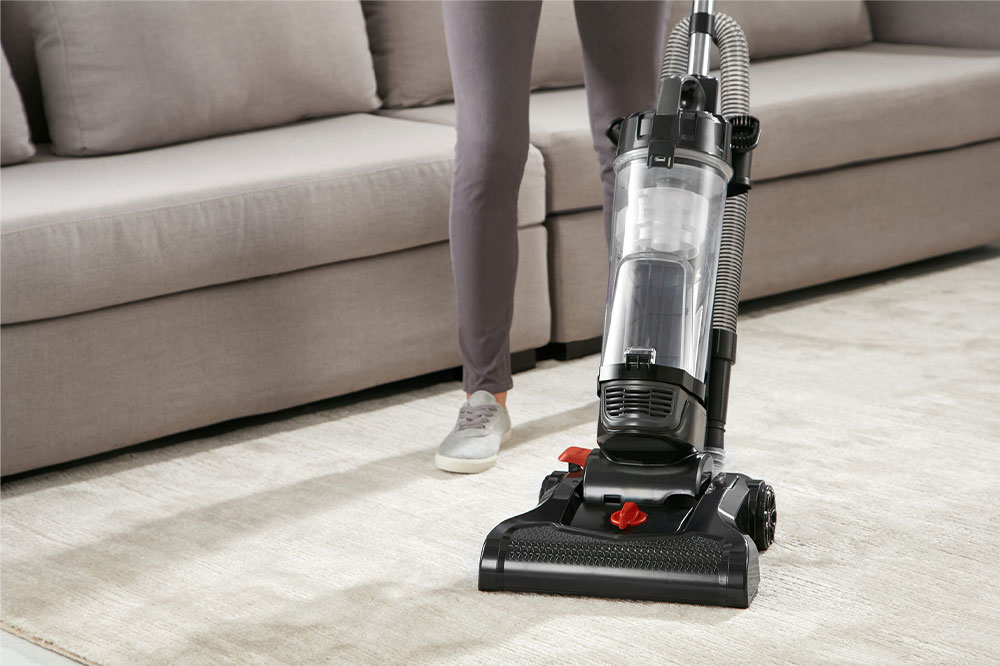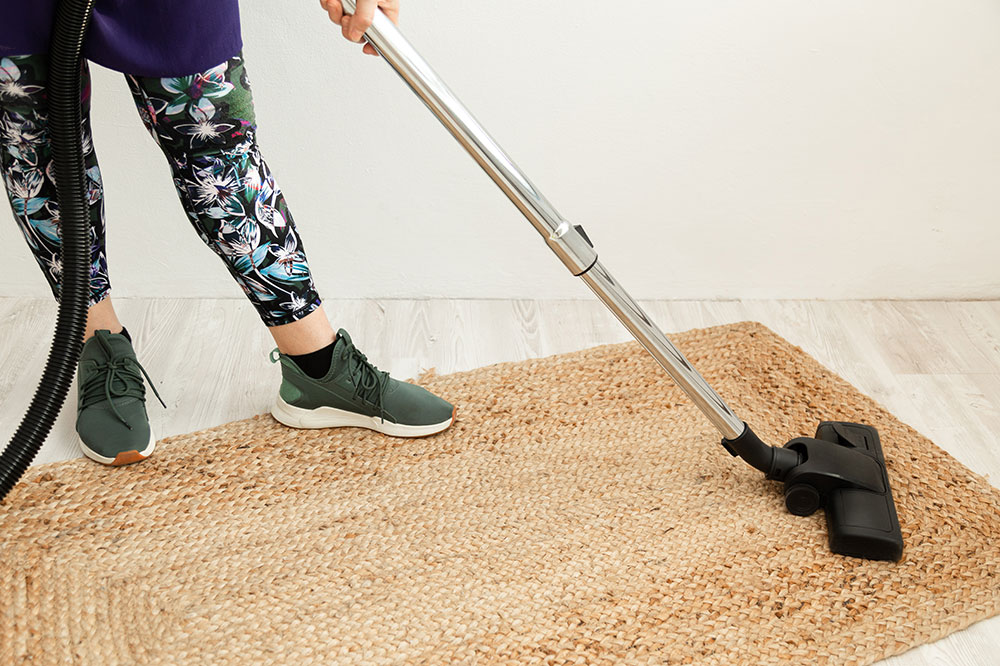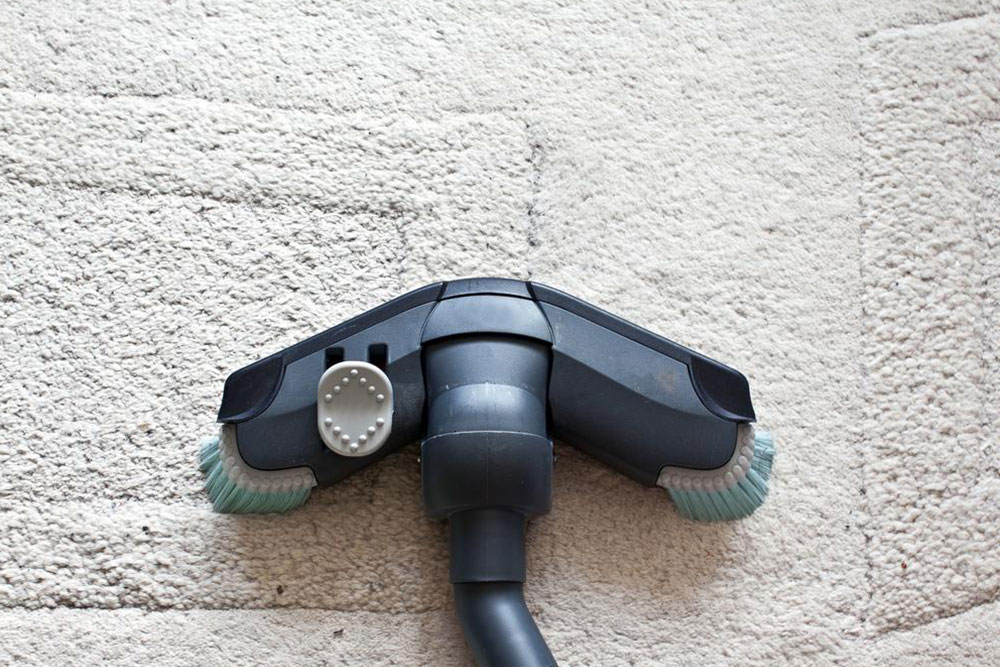Common Vacuuming Errors and How to Prevent Them
Learn how to avoid common vacuum cleaner mistakes to extend its lifespan. This guide covers proper attachment use, regular cleaning of dust containers, avoiding hard debris, and precautions with cords and motors. Implementing these tips can improve your vacuum's performance, prevent breakdowns, and save costs in the long run. Proper maintenance and correct handling are key to ensuring your vacuum remains effective over time, making cleaning more efficient and less costly.

Common Vacuuming Errors and How to Prevent Them
Vacuum cleaners are essential for maintaining a clean home, but improper use can impair their performance and lifespan. Many users unknowingly make mistakes that lead to malfunctions and costly replacements. Preventing these errors ensures your vacuum operates efficiently for years. The key is understanding proper usage and maintenance to maximize its durability.
Choosing Inappropriate Attachments
Vacuum tools include crevice tools and dusting brushes designed for specific surfaces and corners. Using them on wrong surfaces may reduce their effectiveness and risk damage. Always match attachments with the designated surfaces for optimal results.
Not Emptying Dust Containers regularly
Allowing the dust bag or canister to fill up reduces suction power and strains the motor. Always monitor and empty before full to maintain optimal performance and prevent premature damage. Many vacuums feature indicators—heed them for proper maintenance.
Vacuuming Hard or Large Debris
Vacuum cleaners are meant for dust and small debris, not large objects like coins or screws. Sucking in such items can damage internal parts. Always pick up large objects manually before vacuuming to avoid costly repairs.
Running Over the Power Cord
Repeatedly crossing or running over the cord weakens the wires and may cause electrical hazards. Be mindful of the cord placement during cleaning to extend the lifespan of your vacuum and ensure safety.
Misinterpreting Motor Overheat Signals
A shut-down motor often indicates overheating caused by continuous use or overfilled dust containers. The safety features prevent damage, so allow the vacuum to cool before restarting. Regular maintenance helps prevent such issues.










